Have you ever wondered how classic brands like Coca-Cola and Walt Disney remained successful all these years? The answer lies in their brand positioning statement. These brands knew what they stood for and could communicate it clearly to their employees, suppliers, and customers.
What is a positioning statement, and how can you effectively craft one? Let’s dive into the details.
What is a Positioning Statement?
A positioning statement describes your products or services and explains how they meet the needs of your target market. It should state your unique value and brand identity, as well as how you want your brand to be perceived by your customers and competitors.
It’s often an internal private document not meant for public knowledge because it highlights your key differentiators and competitive advantages. The positioning statement is also designed to help your marketing team align their campaigns with the company’s brand and value proposition.
Why a Positioning Statement Matters
With so many options out there, buyers want to know what they’re getting before fully committing to a purchase. When you have a clear positioning statement, customers will understand your business at first glance.
A positioning statement also makes it easier for marketing teams to create impactful campaigns that achieve their goals. You can reduce the risks of failed campaigns because your team will have a clear vision of your brand and can accurately convey it.
Every time the marketing team launches any on-brand experience, it will resonate with the intended market leading to better sales and lower costs. Your product or service will stand out from a sea of competitors because it’s clear what makes you different and why they should choose your brand.
Key Elements of a Positioning Statement
When crafting a positioning statement, you have to understand the key elements it should cover. Defining each element will help you create a clear statement that won’t leave any doubt as to its interpretation.
Here are the crucial elements of a positioning statement:
Target Market: Who you serve
Knowing your target audience will help you create buyer personas that define their motivations for purchasing your products or services. Identify their demographic, psychographic, or behavioral characteristics and discover their pain points and challenges.
Understanding what motivates them to use your solution will help you define the outcome or experience they expect. Having a deep knowledge of your target audience will ensure a detailed and clear positioning statement, that doesn’t have vague details which are open to interpretations.
Our product is tailored for tech-savvy millennials who seek convenience and sustainability in their daily lives.
The example above clearly states that the target customers are millennials who know how to use technology and value convenience. From the statement, it’s already clear who the product serves and the right approach to reach them.
Brand Promise: What value you offer
When you know your customers, you can clearly articulate the problem you’re solving for them. This will also help you demonstrate how your product or service solves this problem.
Answer the question: What problem does your product solve, or what need does it fulfill for customers? The answer is the primary benefit or value proposition of your solution.
We offer an eco-friendly meal delivery service that provides nutritious, chef-prepared meals delivered right to your doorstep, saving you time and reducing your carbon footprint.
In the above example, it’s clear that you offer a meal delivery service that’s eco-friendly, nutritious, and prepared by chefs. It targets customers who are eco-conscious and heavily favor sustainable efforts.
USP: How you position your offer
Your positioning statement should clearly define your unique selling proposition (USP). Lead with the benefits of your products or services rather than the features. Buyers resonate with the outcome of an offer (benefits) rather than how it achieves them (features).
Answer the question: How do you want your target audience to perceive your product or brand?
We position ourselves as the premium choice for health-conscious individuals who prioritize both quality and sustainability in their food choices.
Similar to previous examples, the statement above emphasizes quality and sustainability as the USP of the meal delivery solution. When aligned with your marketing efforts, potential customers are immediately aware of the benefits of your products or services.
Brand Purpose: Why you're in business
It’s also important to communicate the underlying mission or purpose behind the brand. Employees and customers alike rally behind a brand whose purpose is something they support and believe in.
Your value proposition should answer the question: What drives your company beyond financial gain? The following statement shows that the brand is working towards a bigger goal of a healthier planet. It’s the driving force for creating convenient and environmentally responsible alternatives.
We are committed to revolutionizing the food industry by offering a convenient and environmentally responsible alternative to traditional meal preparation, ultimately contributing to a healthier planet.
Differentiator: What makes you different from the competition
Researching your competitors will help you identify how to position your brand in the market. Don’t stop at competitors offering the same goods and services. Instead, research companies that offer alternative solutions to the same target audience.
Your positioning statement should be able to answer the question: What makes your product or brand stand out in the market? In the example below, the service is differentiated by locally grown, organic ingredients packed in biodegradable materials.
Unlike other meal delivery services, we source locally grown, organic ingredients and package our meals in biodegradable materials, ensuring both freshness and sustainability.
When defining the value of your offer, come up with 3-5 core differentiators that set you apart from the competition. The combination of these key differentiators will help you provide a unique solution that other brands can’t easily copy.
Positioning Statement vs. Mission Statement
It’s typical to confuse a positioning statement with a mission statement. After all, they appear to provide the same things when you first read them. However, a mission statement is a small component of a positioning statement. The mission statement answers the “why” of a business, while a positioning statement includes the “what, why, and how.”
Mission statements are also public-facing. Most brands publish them on their websites, brochures, and other marketing materials. They are crafted so customers can know why the business operates.
Positioning Statement | Mission Statement |
Internal document only | Public statement |
Answers the “what, why, and how” of the business | Answers the “why” of the business |
Value Proposition vs. Positioning Statement
The value proposition is another term often confused with a positioning statement. A positioning statement has a broader scope than a value proposition, and it’s usually crafted after you’ve defined your brand’s value proposition.
The value proposition defines how your product or service is different from other solutions. It identifies your primary customer and gives an overview of the benefits your brand delivers. Meanwhile, the positioning statement incorporates the value proposition with the mission statement. The value proposition is the “what and how,” while the mission statement is the “why.” When combined, they form the positioning statement.

Crafting a Positioning Statement
Now that you know what a positioning statement is and how it differs from a mission and a value proposition, it’s time to craft one. When writing your positioning statement, define the elements described above. You can use the following guide questions to help you.
Target Audience
| Value Proposition
|
Positioning Strategy
| Brand Purpose and Values
|
Using the questions above as your starting point, you can follow these steps to write your positioning statement:
1. Brainstorm ideas.
Set aside a dedicated and focused time to brainstorm answers to the questions above and let the ideas flow naturally without any filters. As your team comes up with answers, take note of the concepts that excite you.
Brainstorming is a creative process that will help you come up with the raw materials to build your positioning statement. As the team shares ideas, you’ll identify a pattern that your audience will also resonate with.
If you need further inspiration, you can create a vision board that contains images that represent your customers and the environment where they’re using your product or service. You can study these pictures to know your customers' emotions, characteristics, and actions.
You can also draw inspiration from similar brands, including your competitors. Don’t copy their statements, but observe how they crafted their messages.
2. Create detailed customer personas.
Positioning statements may not be public-facing, but they are customer-focused. Your customers must be at the heart of your statement, and as your brand evolves, it must always remain faithful to serving their needs and wants.
Be as detailed as possible in identifying your audience’s pain points, attributes, motivations, and preferences. You can create customer segments that will help you further refine your messaging.
3. Cut out unnecessary words and be concise.
Positioning statements aren’t long-winded documents that span several pages. They are clear and concise statements that help readers quickly grasp the essence of your brand. Ideally, it should be 3 to 5 sentences maximum.
Remove any repetitive phrases and focus on translating complex ideas into simpler words. Concentrate on a few carefully chosen but impactful words that deliver a powerful statement. Review your statement from the eyes of a first-time reader and ensure it captures their attention.
4. Integrate your unique business qualities.
Highlight the qualities that make your brand stand out to your customers. Reflect on your business values and convictions that humanize your brand, and make sure these qualities are prominently featured in your statement.
Be wary of using the same words and characteristics as other brand brands. The market is often saturated, and you want something unique and memorable. As the market evolves, constantly revisit these qualities and improve on them so your positioning adapts to changing customer demands.
5. Strive for transparency and authenticity.
Today’s consumers demand brands to be authentic and transparent. Often, your quirks and imperfections set you apart from others and make your brand more relatable, so don’t be afraid to be vulnerable and honest about your brand’s areas for improvement.
Transparency creates customer loyalty by building trust and enhancing your brand’s reputation. Avoid making promises you can’t keep in your statement because this will frustrate your team and mislead your customers.
Positioning Statement Template
Here’s a straightforward positioning statement template that works for any business:
For [customer], [brand name] is the [brand category] that [unique value proposition], unlike [competition]. We [brand promise] because we believe [brand purpose]. Our [points of differentiation] sets us apart from [competition].
Putting the statement into practice, here’s an example for a clothing brand.
“For [environmentally-conscious consumers], [EcoChic Fashion] is the [sustainable clothing brand that offers stylish and eco-friendly apparel], unlike [fast fashion retailers]. We [prioritize transparency and ethical practices] because we [believe in creating a more sustainable fashion industry]. Our [use of organic materials, fair labor practices, and transparent supply chains] sets us apart from [other clothing brands]."
Brands are unique and you may need a different format to convey your positioning, depending on your goals. However, the format above is a generic template that captures all the essential elements of a positioning statement.
You can also use a persona-based approach for your positioning document, which defines multiple customer personas and addresses their specific needs and preferences.
16 Positioning Statement Examples
To better understand how a positioning statement works and to give you inspiration on how to draft yours, here are 16 examples of positioning statements from some of the best global brands. We’ve dissected their statements to help you define your own messaging elements.
Since positioning statements are internal documents, these statements were curated from the brands’ websites and public statements.
Nike is well-known for providing durable, trendy, and innovative athletic wear. They were one of the first brands to launch an NFT and embrace emerging channels like the metaverse. Nike’s positioning statement is comprehensive yet concise and instantly identifies the target customer. It’s a textbook example of a positioning statement answering who (athletes), what (Nike), why (top-performing), and how (high-quality materials). It communicates a straightforward and focused brand promise that also sets it apart from the competition. Throughout its history, Apple has shown that it understands its customers closely and knows the values they cherish. That includes the latest cutting-edge products with a positive carbon footprint. Apple defines what it offers to customers (the best computing device) and emphasizes its brand promise (commitment to using the latest tech research to create the most innovative products). We have seen this in the beautiful and cutting-edge products that Apple offers—from the iPhone and MacBook to Apple Watches and now the Vision Pro. Have you ever wondered how the 137-year-old brand Coca-Cola still thrives despite numerous controversies involving sodas? Coca-Cola enjoys a positive brand reputation because the company is clear on its brand positioning. Coca-Cola focuses on creating a positive customer experience that they closely associate with drinking one of their refreshing beverages. You can see this all over their marketing communications, which emphasize happiness, creating a positive difference, sustainability, and building strong relationships. Let’s look at another popular drink brand that has taken the world by storm. With over 38,000 Starbucks stores globally, you can argue that this company, known for its specialty coffee and tea drinks is a global phenomenon penetrating every culture. Starbucks’ mission statement has evolved throughout its 20-year history, and the latest reads: While technically a mission statement, the sentence also encapsulates Starbucks’ brand positioning. The company is clear on what it offers customers—a cup of coffee or tea and a pleasant conversation. The goal is also clear: to create a human connection. We can see this in how Starbucks baristas (called partners) treat their customers and in the company’s commitment to top-notch product quality. Tesla is known for its commitment to sustainability and is credited for introducing premium electric vehicles in the market. They target middle to upper-class consumers who are environmentally aware and looking for a way to reduce their environmental impact. The statement is clear on Tesla’s brand promise—build a sustainable planet. They mention how they’ll fulfill this promise by using solar-powered batteries used in electric vehicles and other energy generation and storage products. While the target market isn’t explicitly mentioned, it’s clear that the brand targets consumers who are interested in sustainable practices for a better world. The Walt Disney Company is a multinational conglomerate that operates a wide range of businesses from theme parks to movie production. It has a single goal: to make people happy. Disney continues to capture markets of all ages worldwide because they meet a universal need: being happy. This is at the core of everything that they do, and by being fully committed to delivering this brand promise, they explore all avenues, including the latest technological innovations. Airbnb revolutionized the hospitality industry when it launched its booking platform, which empowers individuals to become hosts and rent their properties to travelers. Since its inception, the company has remained revolutionary with its innovative solutions like Experiences, City Portal, Emergency Stays, and AirCover. Airbnb remains true to its product—a booking website with expanded features to fulfill the promise of giving travelers unique experiences worldwide. Their differentiator is also clear: They offer the largest selection of diverse, top-rated, and personalized places to stay. You can experience this when you visit their website and see how you can book everything from a castle in Germany to a treehouse in Bali, Indonesia. You can’t mention online shopping today without thinking about Amazon. The company has established itself as the primary destination for everything you need, including quirky items you didn’t know you needed. Amazon sets itself apart by promising shoppers a wide range of products delivered quickly. By having hundreds of product categories and introducing Amazon Prime (with 2-day shipping), the brand fulfills its promise. Amazon is also clear on what differentiates it from the competition—a passion for innovation and commitment to operations excellence. You can see this with Alexa and Echo, two devices that give shoppers a more personalized experience. McDonald’s is another revolutionary brand that has stood the test of time. It changed the food industry when it was established in the 1940s due to its fast and affordable way of serving quality food. The positioning statement emphasizes McDonald’s key differentiators of offering a quick, friendly, and consistent service. Regardless of which McDonald’s outlet you go to, you’ll find virtually the same menu and store aesthetics. In a world that has come to embrace remote and hybrid work, Slack has become an essential tool for business communication. It’s an efficient solution to solve the shortcomings of ineffective email communications. Slack’s positioning statement emphasizes its role as a productivity platform meant to help users effectively connect with each other. It describes how it achieves this promise using no-code automation, quick search and knowledge sharing, and constant team connection. Its website gives a longer version that incorporates Slack’s mission to “make people’s working lives simpler.” Spotify changed the music industry when it launched its music streaming app in 2008. The innovation gave millions of people access to a freemium service where they can listen to diverse music and where artists can publish their music. Spotify’s brand statement discloses its mission of unlocking human creativity and then proceeds to describe how it will achieve it. It also mentions the two target audiences (artists and fans) and what they can get from the platform (publish and listen to music). Everyone recognizes Volvo for creating safe cars. The brand produced some of the most iconic car models since 1927 and is credited for introducing the three-point safety belt, an invention that saves millions of lives. Volvo is proud of its safety heritage, and this shows in its positioning statement where they promise to be a brand for people who care about others and the planet. This also reflects in their move to create fully electric and hybrid cars, with a commitment to rethink sustainability in their operations. Streaming movies and TV shows were virtually unheard of before Netflix made it popular in the late 2000s. Netflix has evolved from a brand renting DVDs to a production house creating original movies and shows. It leads the pack in streaming services, streaming in over 30 languages to 190 countries. Netflix’s brand promise is clear—it wants to entertain the world. The positioning statement declares how they will accomplish this by giving users access to the best TV series, documentaries, films, and games. From DVDs to on-demand streaming, Netflix fulfills this promise. And while there are many on-demand streaming services today, Netflix differentiates itself from competitors by giving members control of what they watch with a simple subscription. Just like Spotify and Netflix, Uber changed an entire industry when it first launched. Born on a snowy evening when the founders couldn’t get a taxi, Uber started as a ride hailing app that has since grown to delivering food, connecting freight shippers, and providing non-emergency medical transportation. Uber is clear that they’re a tech company whose mission is to connect the physical and digital worlds to address movement challenges. They accomplish this with an app that makes transportation options accessible for everyone. This clarity and focus help them identify needs in the transportation sector and provide digital solutions like Uber Eats and Uber Health to address them. The Dove brand is one of the most classic marketing examples of how positioning can alter the market’s perception of a product. Originally, Dove’s positioning was created to differentiate itself from the competition. As a bar of soap, it needed a way to stand out, so it targeted women and positioned itself as a moisturizing soap. Decades later, Dove still targets women (and girls) but now focuses on a different positioning—the concept of real beauty. Dove offers not only bar soaps but a whole range of essential beauty and cleansing products. It also realizes that the needs of its primary target market (women) have changed. From having a product-centric positioning, it moved to a customer-centric positioning, as reflected in its positioning statement. This new positioning continues to be successful with Dove’s Real Beauty marketing campaign, which has garnered consumer awareness and loyalty for over a decade. They’ve also created the Self-esteem Project to help teenage girls cope with the true concept of beauty. Our last example in this list is a small-to-medium enterprise with a solid brand that knows its positioning in the market. Thrive Market is an e-commerce platform that brings together different organic brands and uses sustainable practices to ship orders to customers. Their brand positioning statement is short, clear, and complete. Thrive Market knows what it offers (membership-based shopping) and what makes it different (highest-quality, healthy, and sustainable products). The statement highlights the brand’s values of affordability, lifestyle, and accessibility. 1. Nike
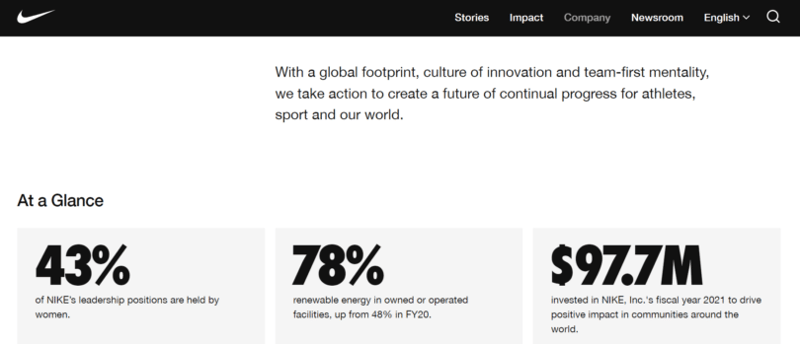
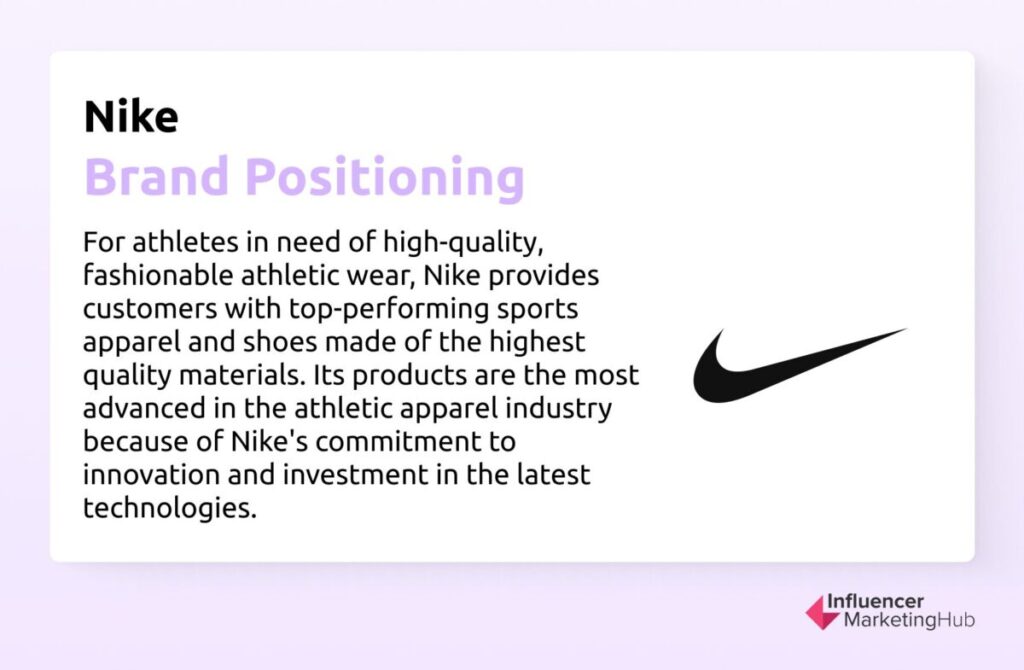
Why it works:
2. Apple
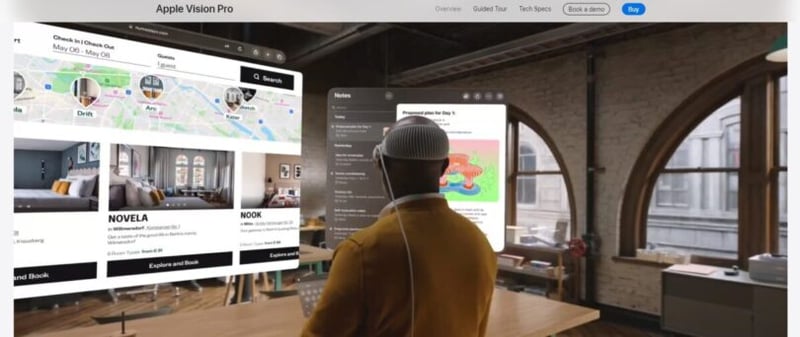
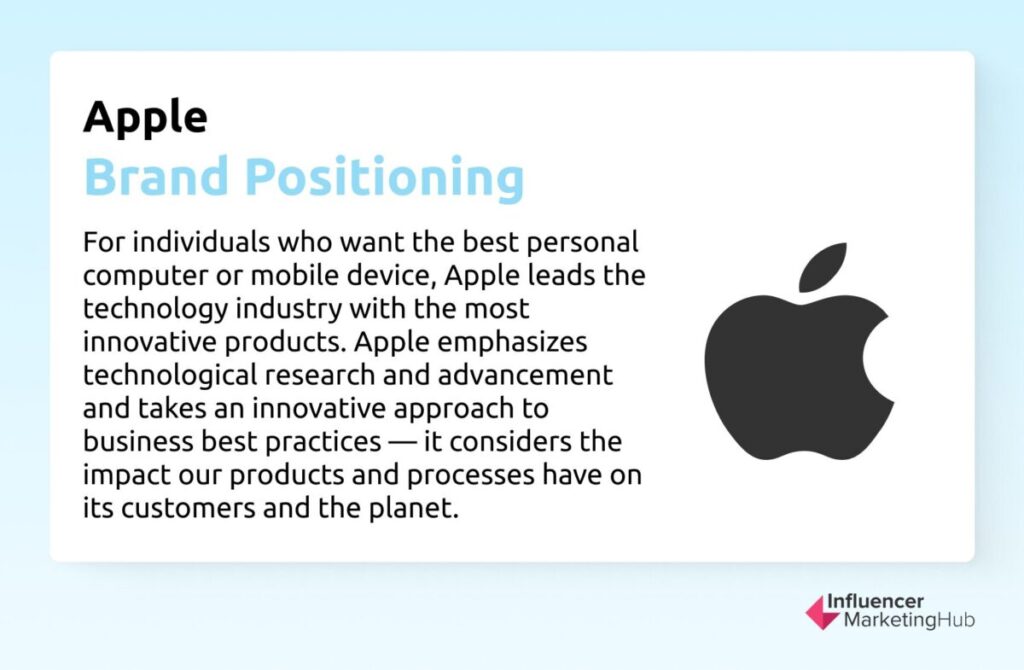
Why it works:
3. Coca-Cola


Why it works:
4. Starbucks
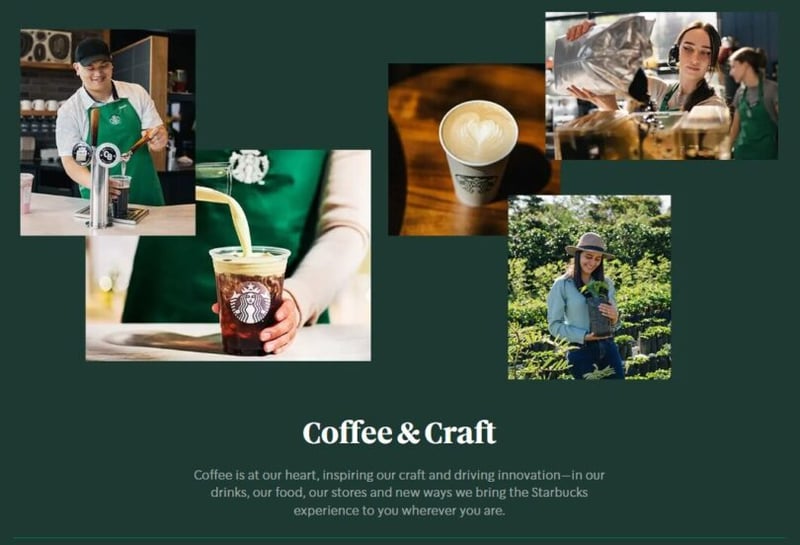

Why it works:
5. Tesla


Why it works:
6. Disney
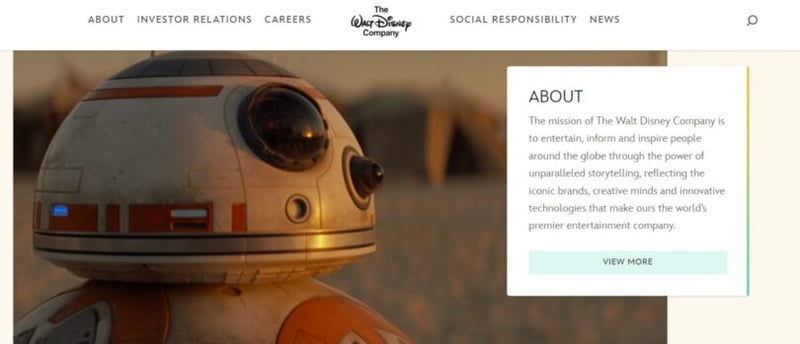
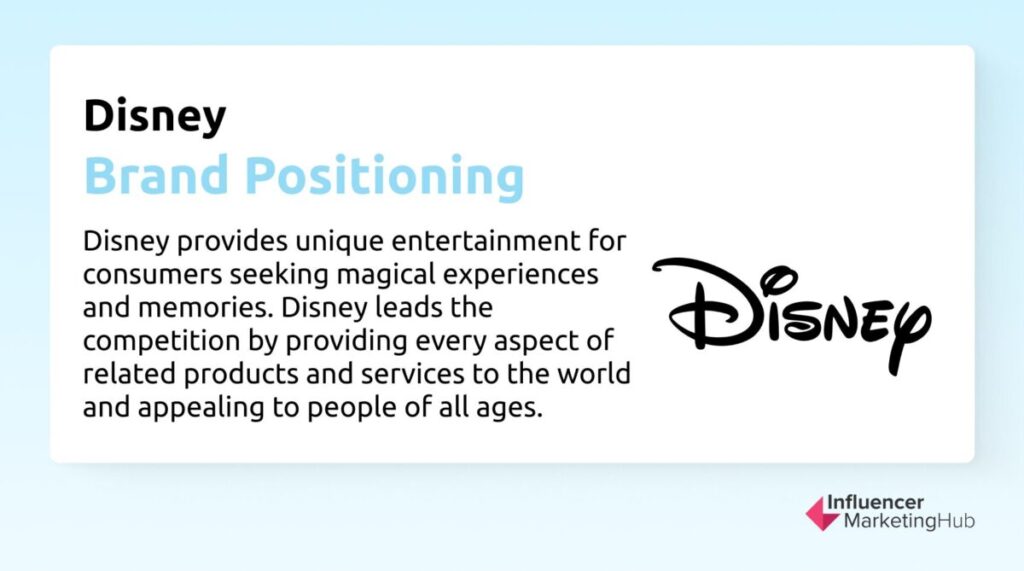
Why it works:
7. Airbnb

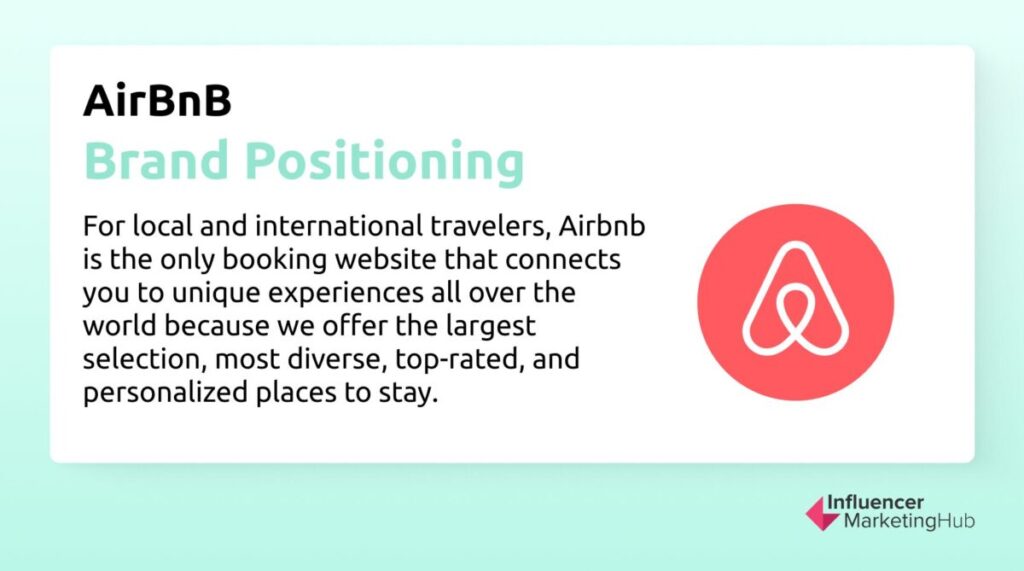
Why it works:
8. Amazon
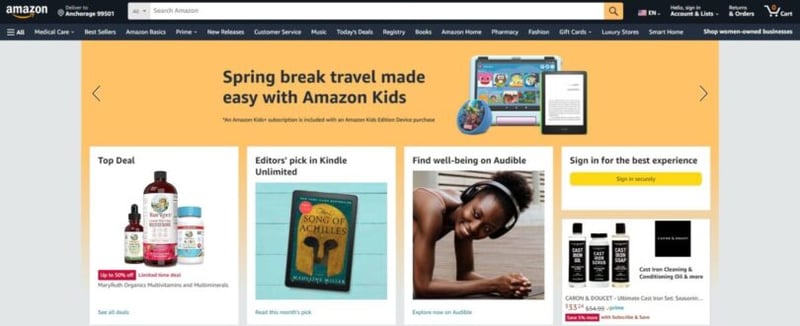

Why it works:
9. McDonald’s


Why it works:
10. Slack

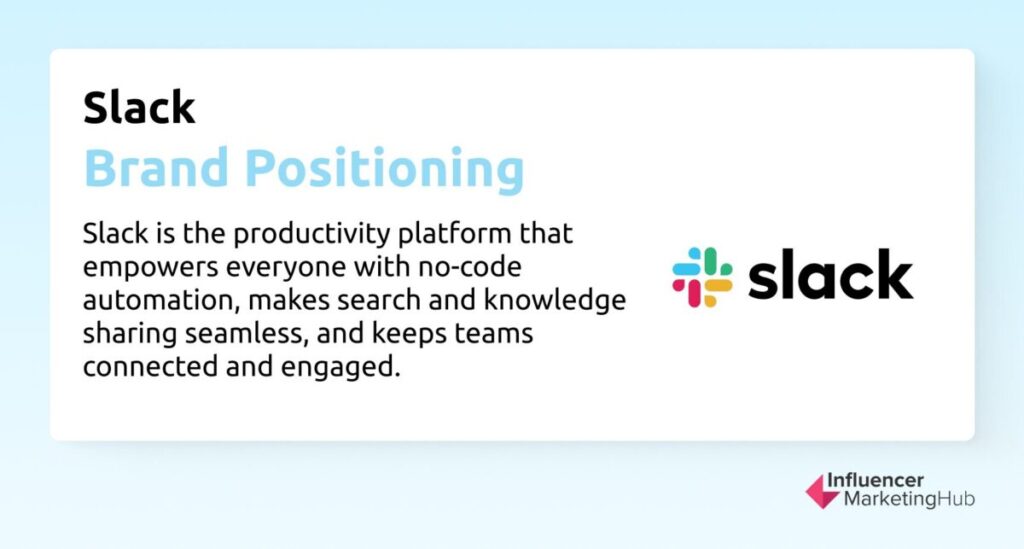
Why it works:
11. Spotify
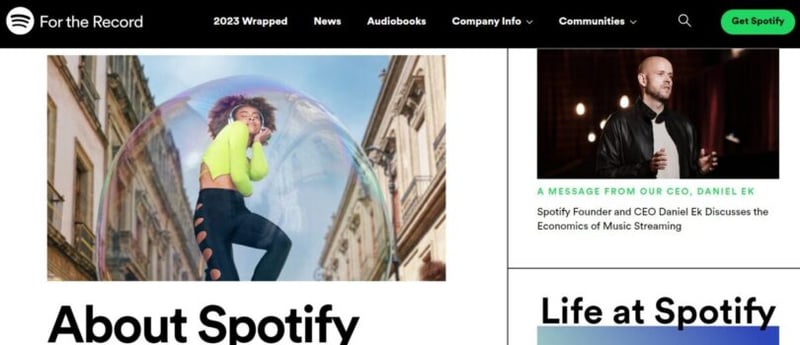
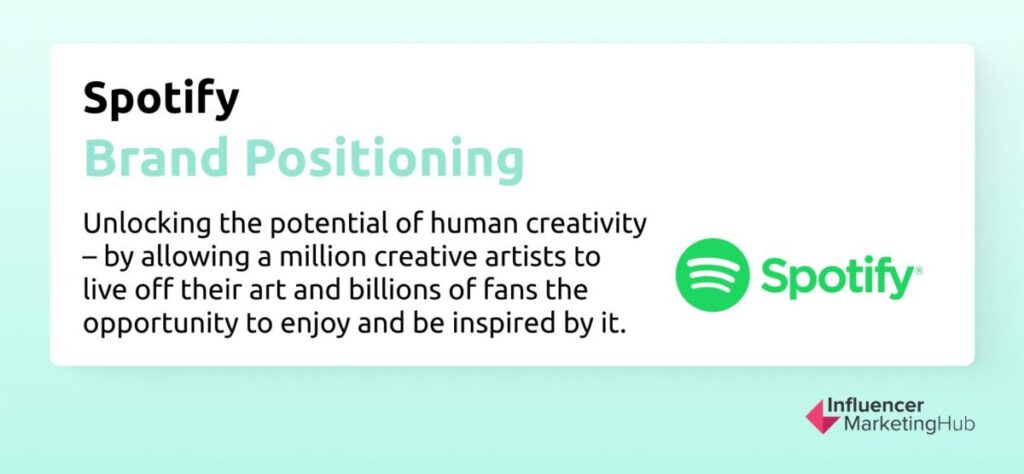
Why it works:
12. Volvo
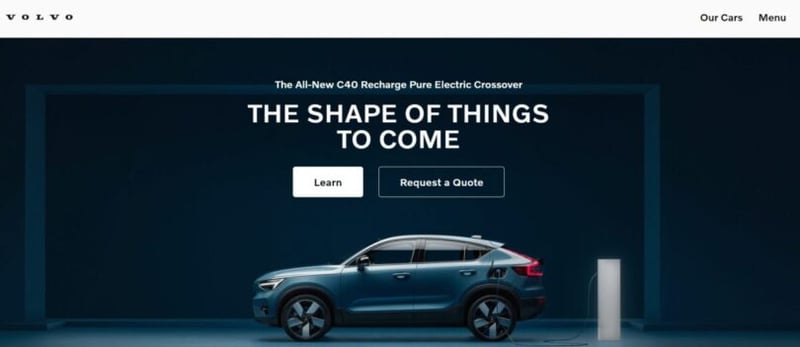

Why it works:
13. Netflix
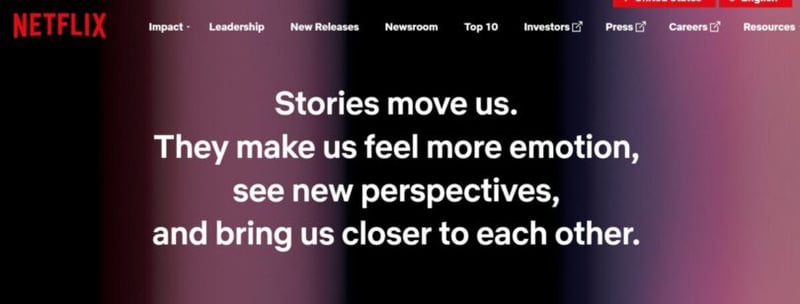

Why it works:
14. Uber
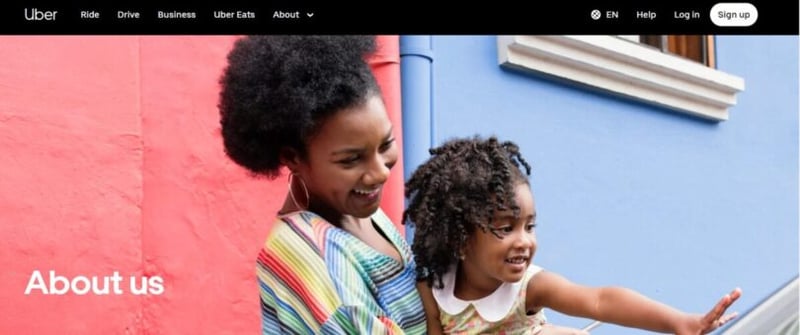
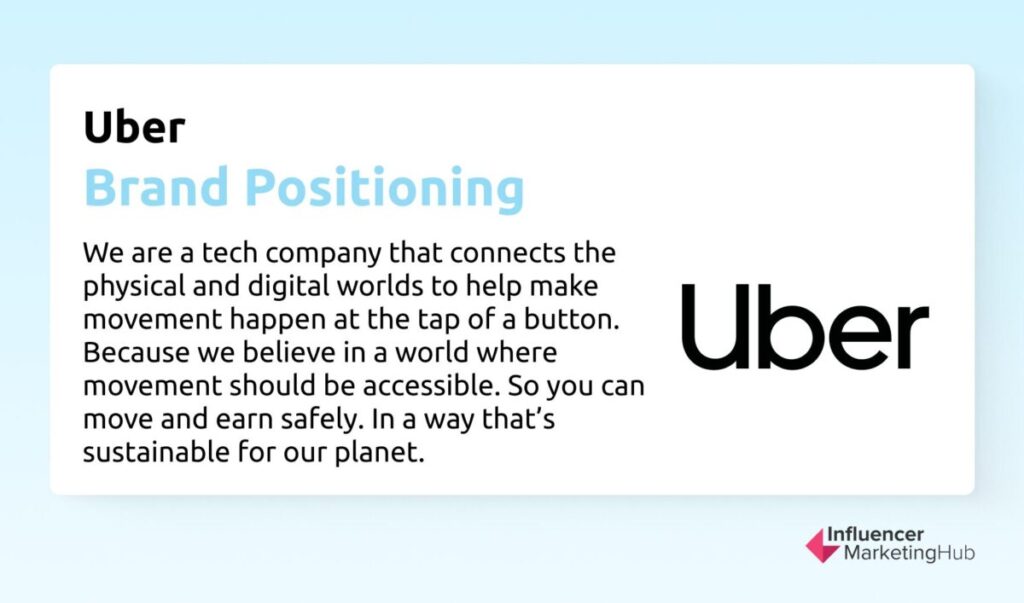
Why it works:
15. Dove

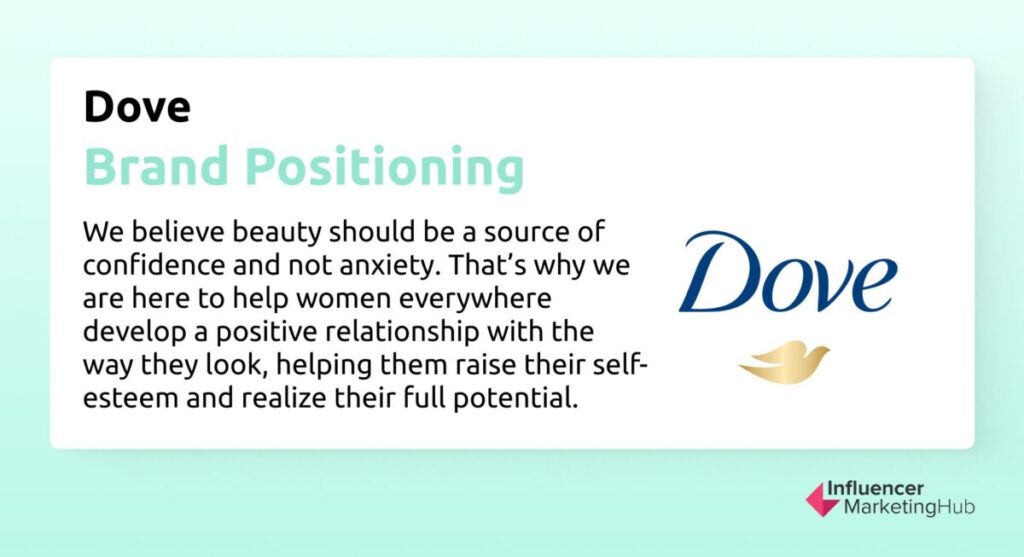
Why it works:
16. Thrive Market

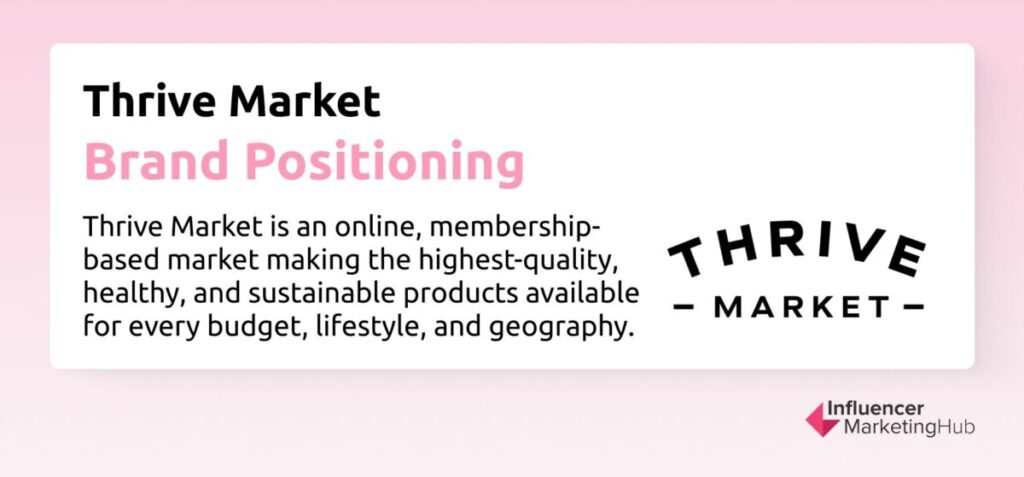
Why it works:
Final Thoughts
Writing a brand positioning statement is just one piece of the puzzle for building a strong brand. Once you’ve nailed down your statement, you should also invest in creating compelling visual branding that captures the essence of your brand. Creative marketing agencies will help you transform your statements into impactful visual guides.
Remember that times change, and a positioning statement isn’t set in stone. Revisit it every now and then and evaluate if it still reflects your business’ offer and value, as well as your customers’ needs and wants. By constantly refining your statement, you’ll have a tried-and-tested guide to creating captivating consumer experiences.
Frequently Asked Questions
What is a good brand positioning statement?
A good brand positioning statement effectively communicates the product or service’s unique value proposition, target audience, and differentiation. It’s a clear and concise statement that’s memorable and captures the essence of the business.
What are the 5 positioning statements?
There are five types of positioning statements that are commonly used by businesses:
- Benefit-based Positioning: This is the most common type since it focuses on the primary benefit or value proposition to the main target audience. Slack’s positioning statement clearly outlines the benefits of using its product.
- Cost-driven Positioning: Cost is a primary motivator for most buyers. If your brand’s main differentiator is cost (either affordability or being a luxury item), then clearly include that in your positioning statement. One example of this type is Netflix’s positioning statement, which emphasizes that users can enjoy the benefits with a simple subscription.
- Problem-based Positioning: Addresses a specific pain point or customer challenge and describes how the brand provides a solution. In its brand positioning statement, Amazon identifies the needs of its target customers and describes how it solves this challenge.
- Competitor-based Positioning: Highlights how the brand differs from competition by outlining its core differentiators. Airbnb’s positioning statement clearly describes what makes it different from other booking sites.
- Usage-based Positioning: Describes how the brand’s product or services will be consumed by the target audience. For example, Spotify’s brand statement describes how artists and fans will benefit from the platform.
What is a good example of positioning?
Dove’s marketing journey is a great example of positioning as the brand was able to stand out from other bar soaps whose primary function was cleansing. It was able to carve a spot for its product in the market, which has since been dubbed the Dove effect. By knowing the real needs of its target market (women of all ages), Dove was able to move from a product-centric to a customer-centric positioning that continues to remain relevant and purposeful.
What is the format for a positioning statement?
Ideally, a positioning statement should have the following elements:
- Target audience
- Unique selling proposition (USP)
- Brand purpose
- Brand promise
- Differentiating factor


